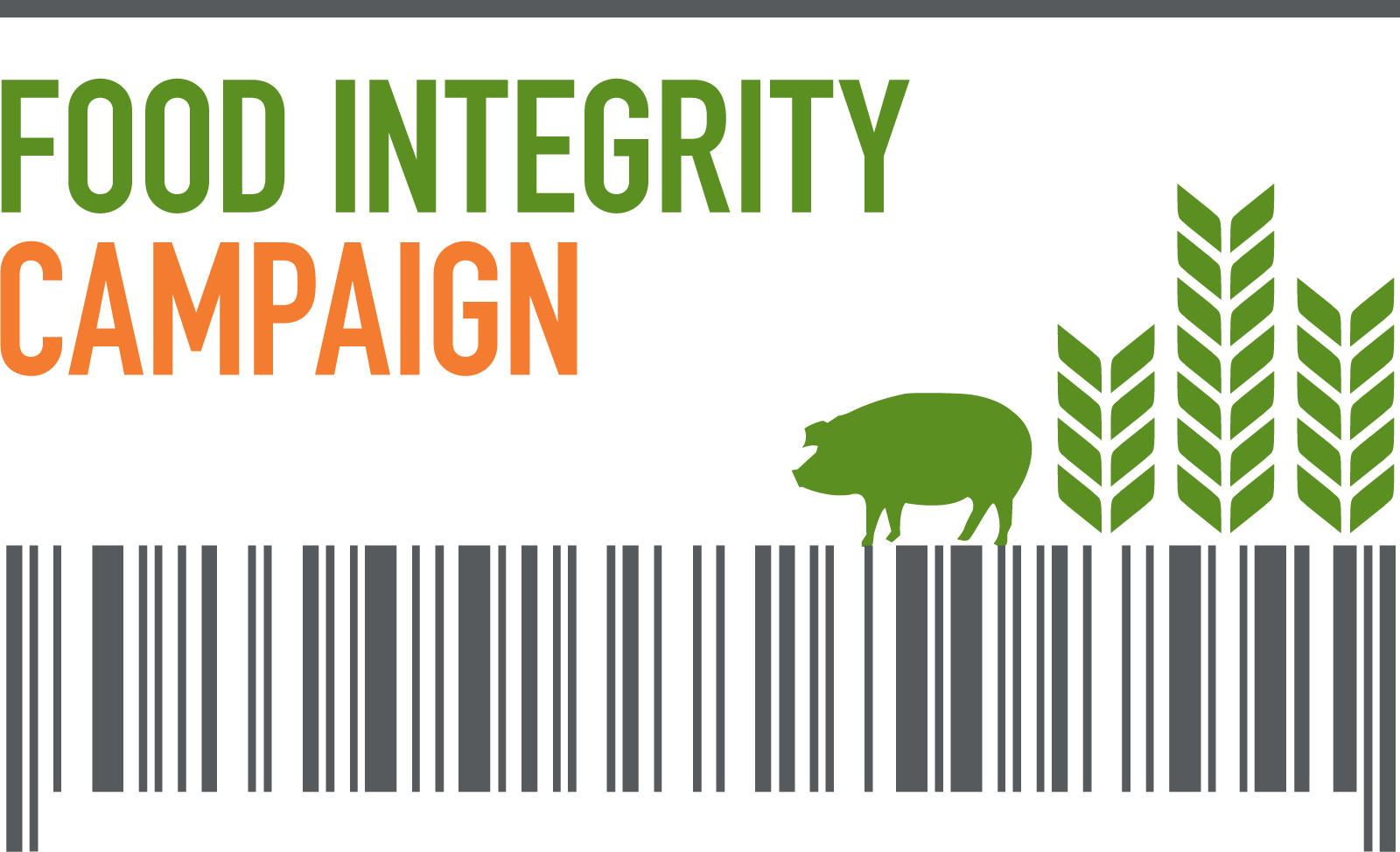Below is from Section 6: Taking animals off drugs. See the full report here.
Most chicken raised in the U.S. today comes from large-scale commercial farms optimized to produce the most meat at the lowest cost. To meet domestic and global demand, the industry slaughters almost 9 billion chickens a year.
A new USDA rule currently under consideration could make many changes in poultry production that food-safety advocates consider alarming and dangerous. It could increase the maximum line speeds at slaughter plants to 175 chickens a minute from the current maximum of 140 birds a minute. The new rule could also reassign some of the USDA inspectors’ duties to plant employees. Unlike federal inspectors, the plant employees are paid by the company, so they would have an incentive to overlook problems that might slow the lines down.
The rule would transfer more responsibility for safety to the companies that produce the chickens, allowing them to police themselves, says Tony Corbo, senior lobbyist at Food & Water Watch, a nonprofit group.
The USDA disputes the notion that the proposed new rule would have an impact on safety. And according to Dan Engeljohn, Ph.D., of the USDA, a government inspector would still be able to stop a line “if he has evidence to believe that the plant is not exercising good process control.”
As of July 2013 a pilot project was being tested in 24 poultry plants. The chicken industry considers the test, called the HIMP (for HACCP-Based Inspection Models Project), a success, and backs the proposal to adopt the new rule. But the Government Accountability Project, a nonprofit whistle-blower group, has released affidavits from federal inspectors working at HIMP plants, which allege that they were pressured to overlook possible food-safety concerns to keep the lines running.
And a Government Accountability Office report from August 2013 found that the USDA never followed through on promises to thoroughly evaluate the program’s performance at the plants involved in the pilot project and therefore lacked the necessary data to deem it a success. Yet despite this analysis, the USDA is moving forward on plans to expand the program. Advocates including Consumers Union, the public policy and advocacy arm of Consumer Reports, say that if these new rules are adopted, the bacteria problem will only get worse.
